THE POPPY
An Unutilized Product in Bengal Challenges the Roots of British Imperialism
Editor’s Note: This story is published in the Winter 2021 edition of Life & Thyme Post, The Tradition Issue, our exclusive newspaper for Life & Thyme Members. Subscribe to Life & Thyme Post
I was ten years old when my mother brought out a delectable bowl of aloo posto (potatoes cooked in poppy seed paste) to go with rice and lentils. I remember my first morsel: silken potatoes cooked in a delectable and creamy (even grainy) poppy paste with a beautiful earthy aroma and a nutty aftertaste. What I didn’t know in that moment, however, was the ghastly past of this humble condiment.
A native to the warmer parts of Western Asia, the opium poppy, or papaver somniferum, hit Indian shores around 400 A.D. with the arrival of Arab traders, who also introduced the cash crop to China. And in the 1300s, opium was primarily used for medicinal reasons, known especially for its efficacy with stomach ailments. My own grandmother was prescribed opium to compensate for her weak constitution.
In The Lotos-Eaters: An Anthology of Opium Writings, British author M.M. Owen mentions the ancient Indian medical treaties, Shodal Gadanigrah and Sharangdhar Samhita, validate the use of opium to treat diarrhea and low sexual libido. High in antioxidants, poppy was known for its ailing properties and regulating body temperature, which bode well for those living in the arid areas of Bankura, Birbhum and Burdwan. When poppy seeds were first used across Bengal in the eighteenth century, they were eaten raw with panta bhaat (soaked leftover rice) by heavily dousing poppy paste in mustard oil. Poppy also finds a reference in the Dhanwantari Nirghanta, revered as one of the oldest Indian medicinal texts.
The Mughals (Emperor Humayun, specifically) chanced upon the use of the opium poppy as a recreational drug around the fifteenth century. In no time, the Nawabs had discovered the pleasures of a mild stupor, and the crimson flowers had also found a place as a motif in royal textiles. Additionally, khansamas (royal cooks) discovered poppy paste could be used as a thickener for gravies, to tone down bitter aftertaste, or even add texture and depth to a recipe. The ingredient found its way into preparations like rezala (an aromatic Mughlai dish in the eastern part of India, in which chicken is cooked in nut pastes and spices), chaap (chicken cooked in a gravy of cashew nuts, poppy, curd, grated coconut, and garam masala), or raan musallam (whole chicken or whole leg of goat marinated in a ginger-garlic paste, stuffed with boiled eggs, and seasoned with spices like saffron, cloves, poppy seeds and cardamom).
Sarafat Ali, executive chef of Aminia, a ninety-one-year-old restaurant in Kolkata, elaborates on the tradition, explaining that the use of poppy in Mughlai cuisine—also considered the heart of the Sultanate (monarchy)—originated in the capital city of Lucknow. “Mughlai cuisine is all about the zaika, a term that loosely translates to the sense of taste and aesthetics,” Ali says. “The use of poppy in Mughlai cuisine is crucial, but it is used with moderation.”

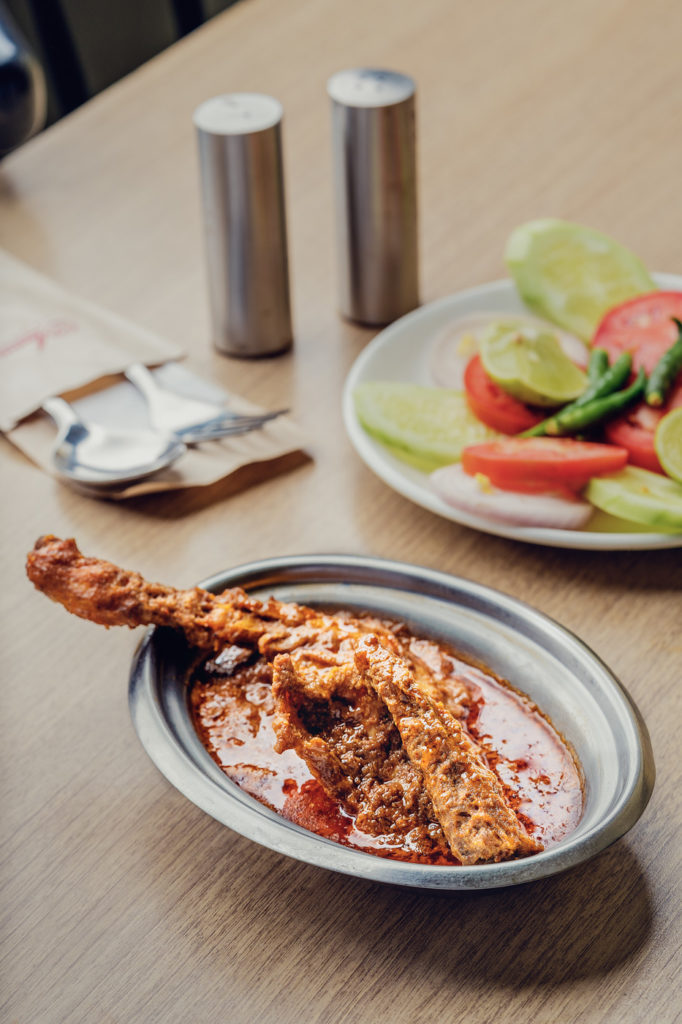
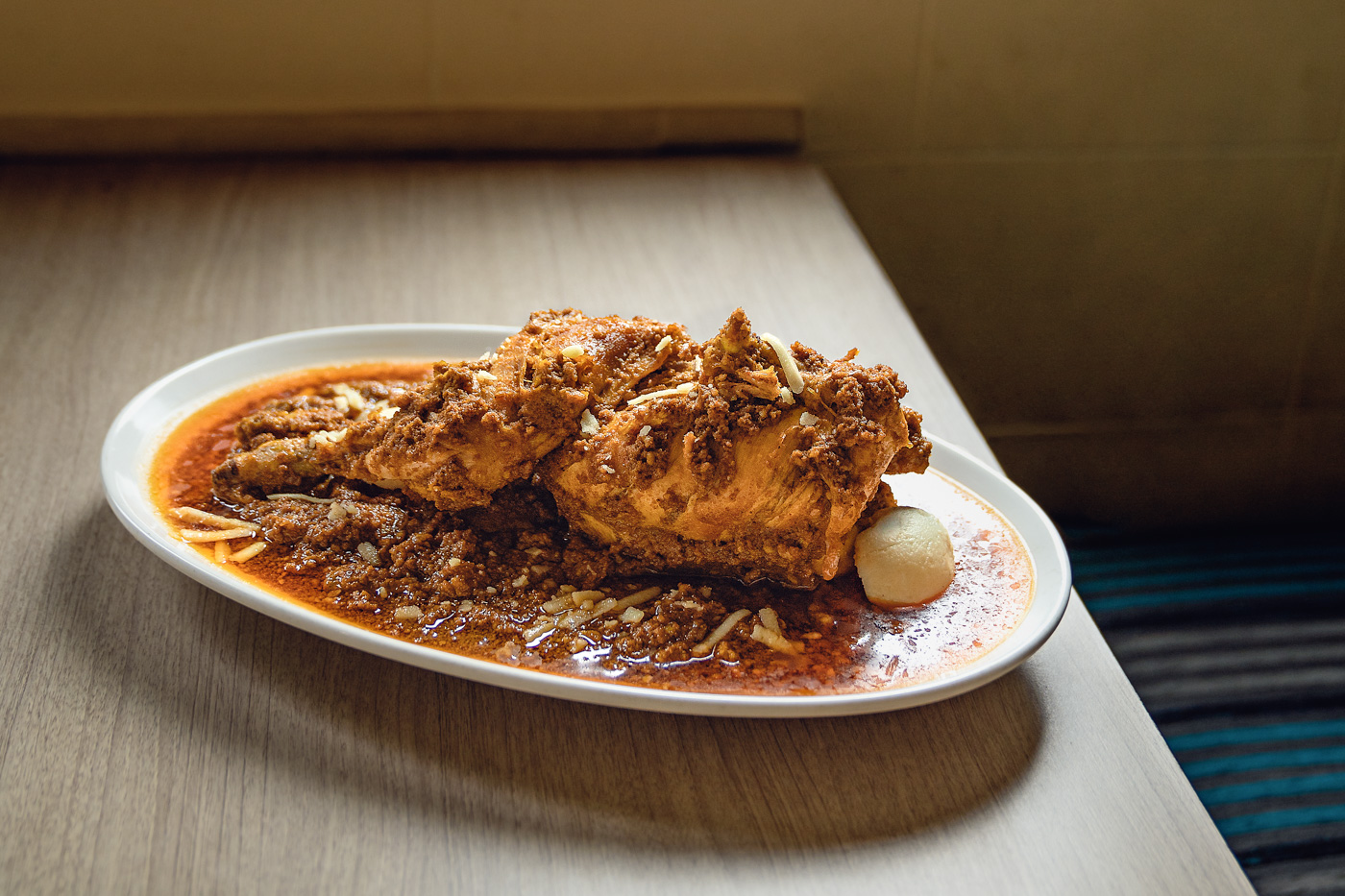
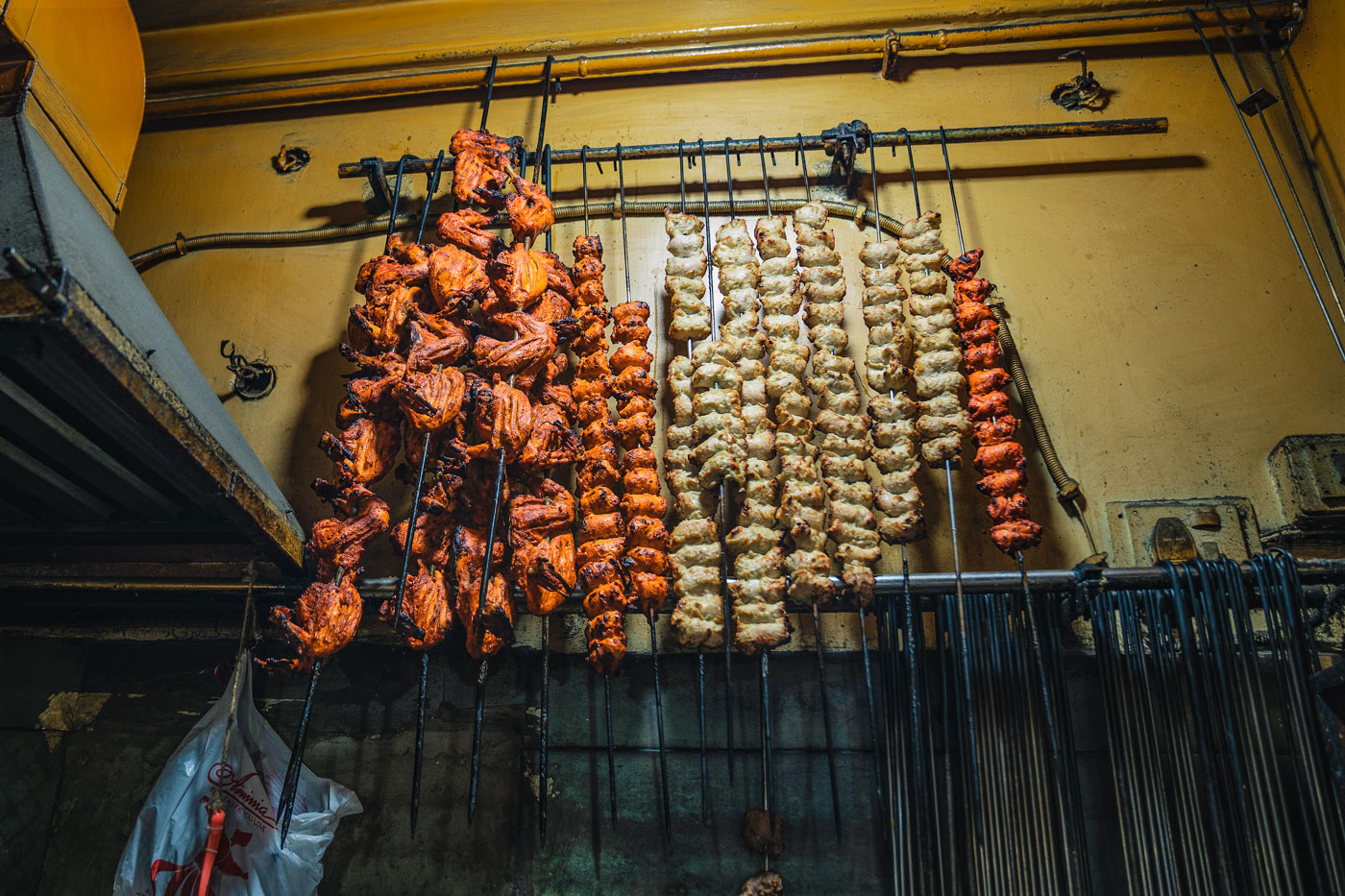
“While almonds and yogurt are used to thicken gravies in North Indian cuisine, poppy took on the role of a thickener and flavor enhancer in the Bengali and Mughlai cuisine,” Ali continues.
Bengal’s affair with Awadhi cuisine is no secret, as the Nawabs had moved their capital from Dhaka (present-day Bangladesh) to the city of Murshidabad in Bengal, which gave birth to a new cuisine that had influences from both cultures. The harmonious marriage of these two cultures is best seen in rezala. The province of Bengal was conquered by the Muslims around the thirteenth century, influencing its food and culture. Most of the exiled Nawabs came to Kolkata (which is the capital of present-day West Bengal), and with them came their royal cooks, who in turn influenced the eating habits of the Bengalis and Muslims a great deal. In this case, what made rezala so unique was the use of sweet yogurt, which was very popular in Bengal. It still is, to this day.
However, the province of Bengal was annexed by the British after the Battle of Plassey in 1757, its golden lands plundered and left barren. British officials began exploiting the farmers through the cultivation of opium, which bloomed across the regions of Bankura, Birbhum and Burdwan, to the borders of Bihar and Orissa.
Prior to the battle, Indian cotton was exported by the British to China, which was now substituted with the opium poppy. By the early nineteenth century, Chinese consumption of opium had increased tenfold, and the relationship between Britain and China worsened. The illegal trade flourished into November of 1839, triggering the Opium War, leaving the British with a cash crop that could no longer yield in massive profits.
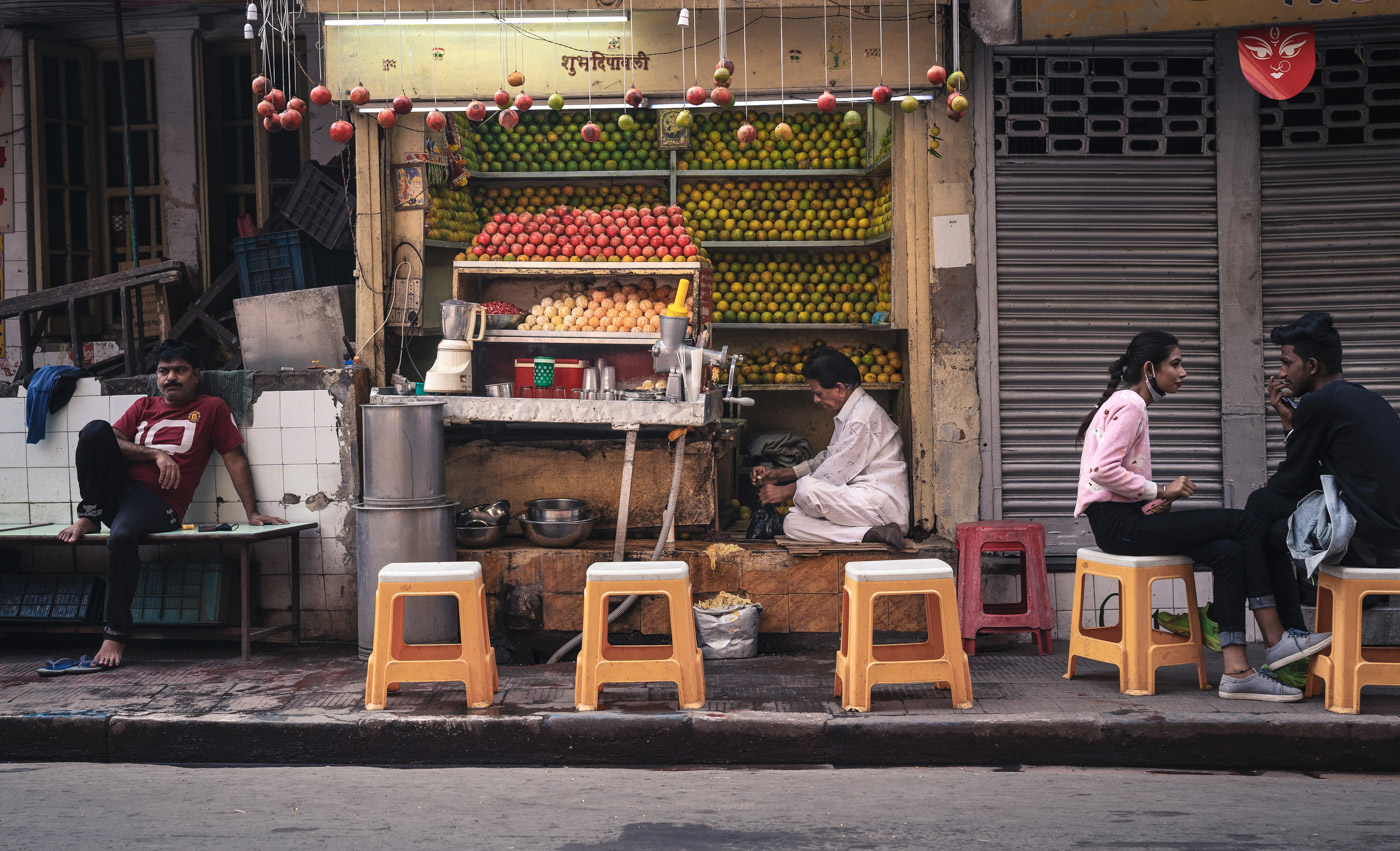
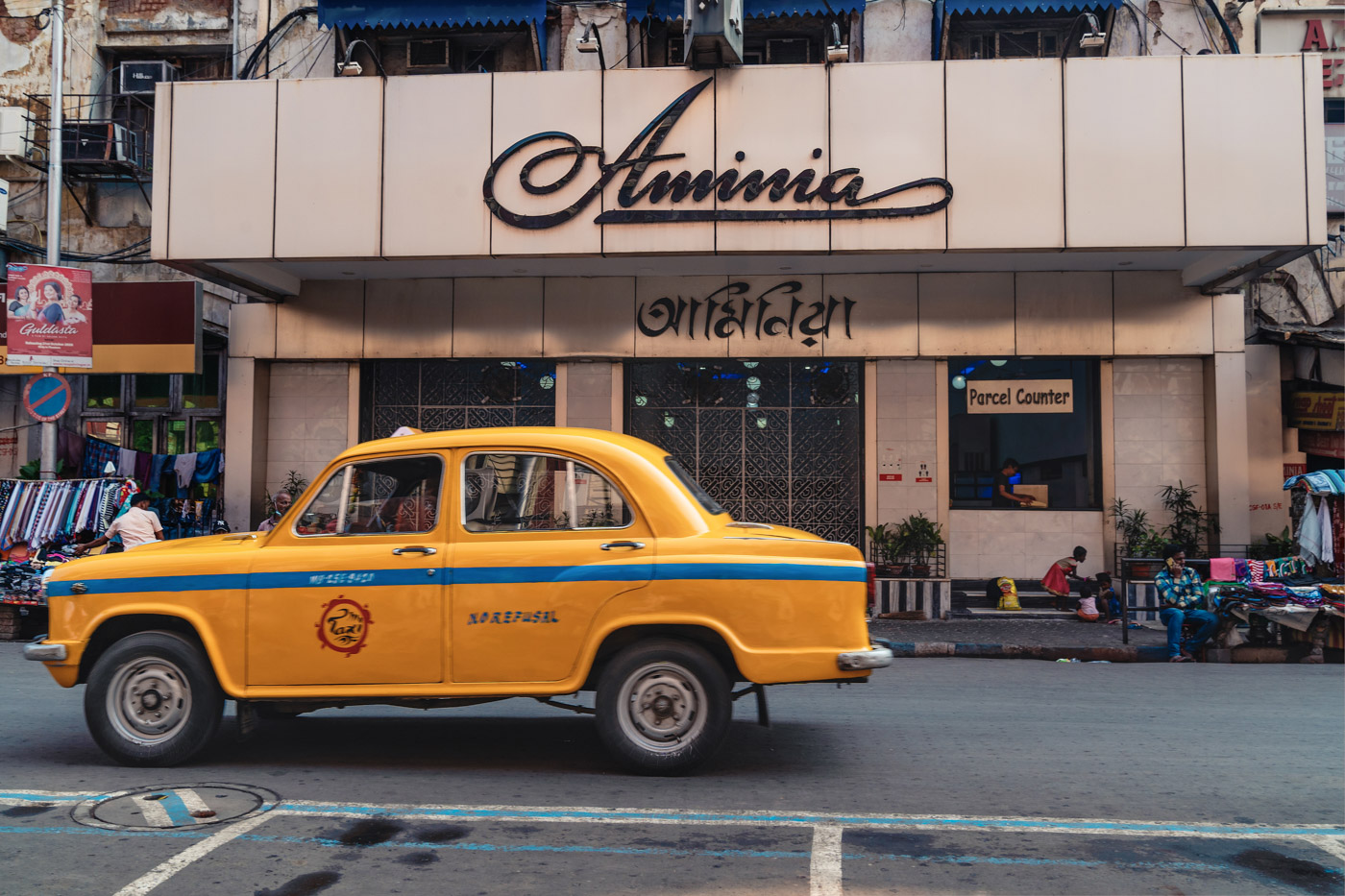
Back in Bengal, facing a massive shortage of food in the household (as food crops had been largely replaced with opium), farmers’ wives began foraging and chanced upon heaps of unharvested poppy seeds. They experimented with the poppy seeds in an attempt to feed their families, and realized that when ground into a paste, its pleasantly nutty flavor and texture were useful in enhancing even frugal meals.
They began using poppy in curries as a thickener and even fried dollops of ground poppy seeds as postor bora, or poppy fritters, which laid the foundation for poppy as a cooking ingredient in the Bengali household.
Chef and restaurateur Asma Khan of Darjeeling Express in Covent Garden, London, tells me, “Our ancestral homestead, Nil Kothi in Bulandshahr, Uttar Pradesh in India, was rendered infertile by the pestilence of the indigo.” Indigo, just like opium, was one of the cash crops that would leave the soil barren.
“It pains me to think of the massive oppression and exploitation that our forefathers had to undergo. Schools in England do not teach about the horrors of colonization,” Khan continues. “When I look at poppy seeds, all I see is the blood and tears of farmers who were left to die of starvation. I seldom use poppy seeds in my Mughlai dishes; it feels morally incorrect.”
“Talking of the use of poppy in Bengali cuisine, I do admire the grit of the housewives. They took an otherwise waste product and turned it into something delectable, and in the process saved their families,” Khan says. “The hallmark of a good chef is their ability to rustle up food with anything that’s available. Housewives have never received their due share of credit, yet they outshine everyone in their prowess of the culinary arts.”
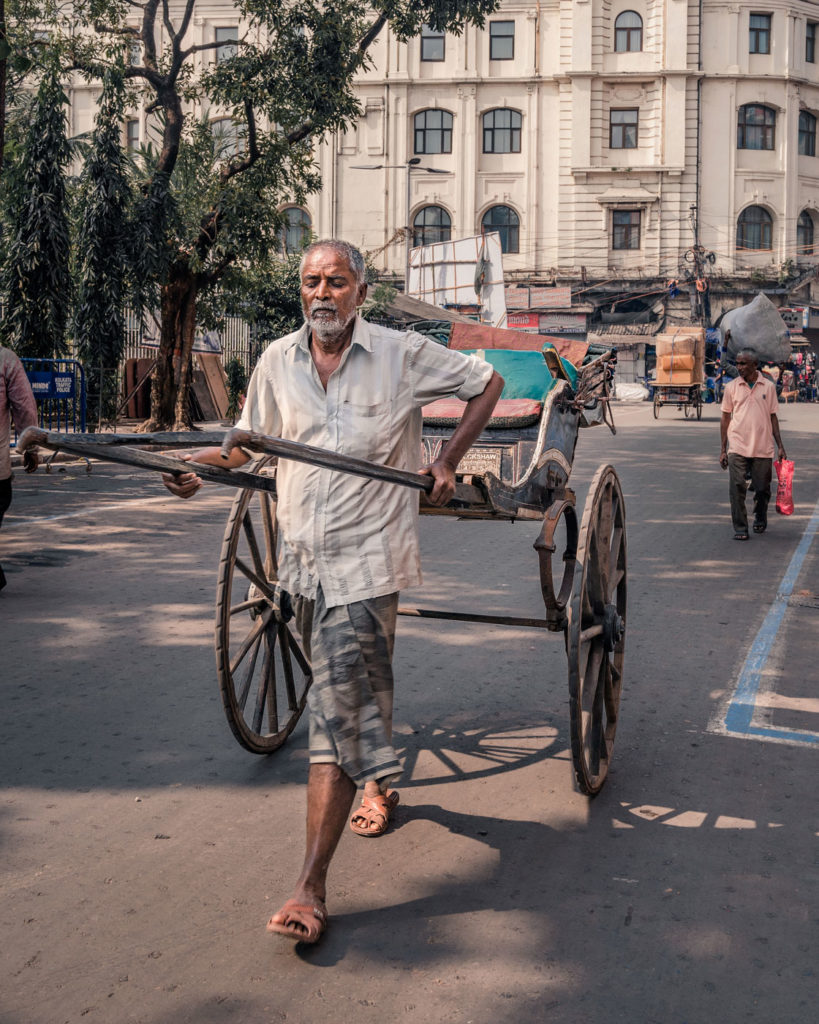
After gaining independence from Britain in 1947, the control of cultivation and manufacturing of opium passed onto India’s government, who then clamped down on the crop in an attempt to curb illegal trade and the smuggling of processed opium. To date, India is one of the largest legal producers of opium with cultivation spanning across areas of Madhya Pradesh, Uttar Pradesh and Rajasthan under licensed cultivators. And as its popularity soared, the upper-middle-class Bengalis started adding it to fish and chicken for depth of flavor, while others experimented with vegetables like pointed gourd, eggplant, and even onion and garlic alone in some cases.
Perhaps the most prominent use of poppy in the Bengali cuisine today is in shukto, an otherwise watery, thin, bitter curry made of eggplant, raw bananas, and bitter gourd with a tempering of the Bengali five-spice. With the addition of poppy paste, it’s a delicacy; it is woody and mildly bitter with an umami aftertaste.
Poppy-based dishes can be found ubiquitously, from roadside stalls to Michelin-starred restaurants, demonstrating its dominance in the Bengali cuisine. It is now difficult to imagine that disadvantaged, nearly-starving women would change the course of India’s culinary practices. But this culmination of historical events and necessity cemented the poppy in the pages of recipe books, and provided a population with an important source of nutrition and flavor to this day.


Our comments section is for members only.
Join today to gain exclusive access.